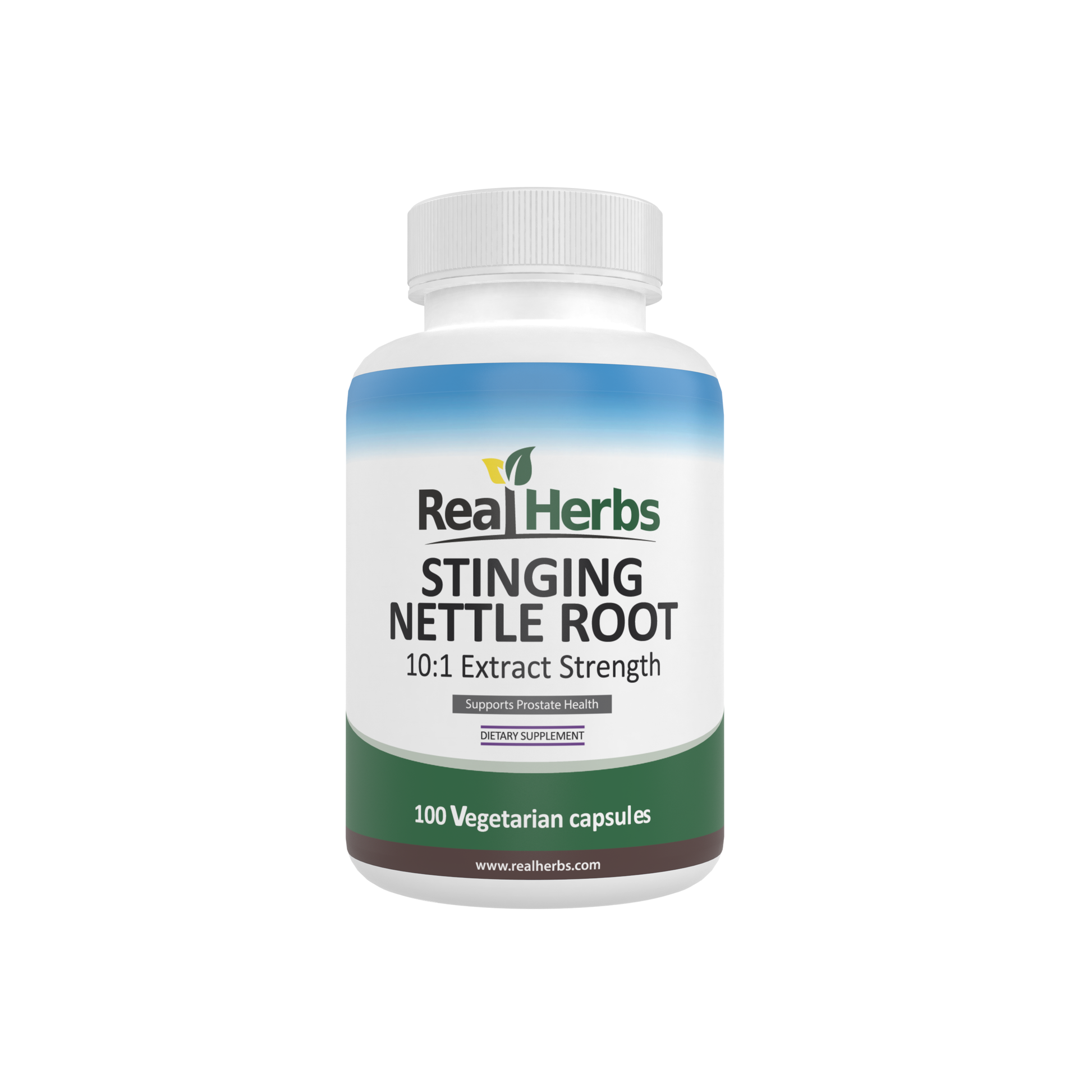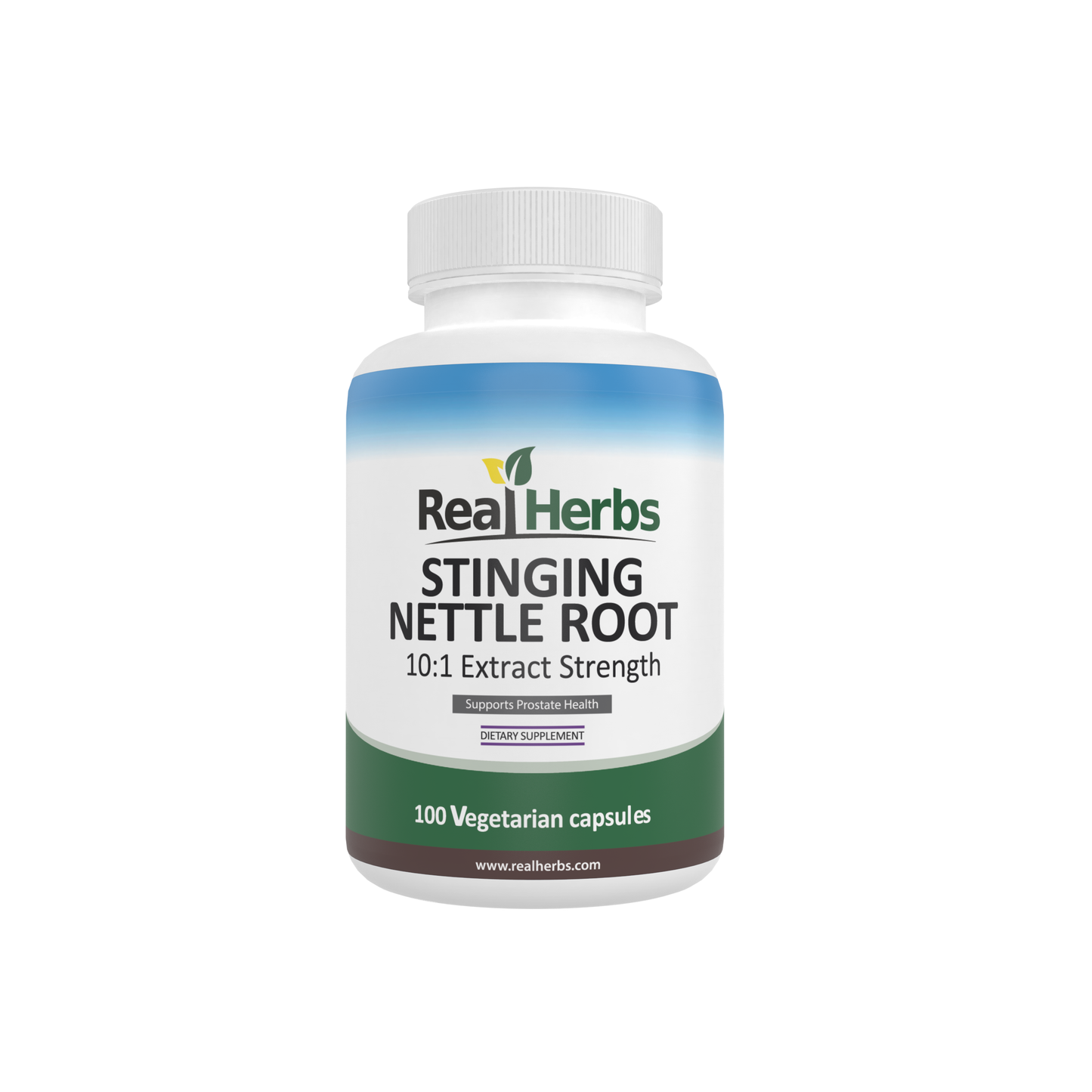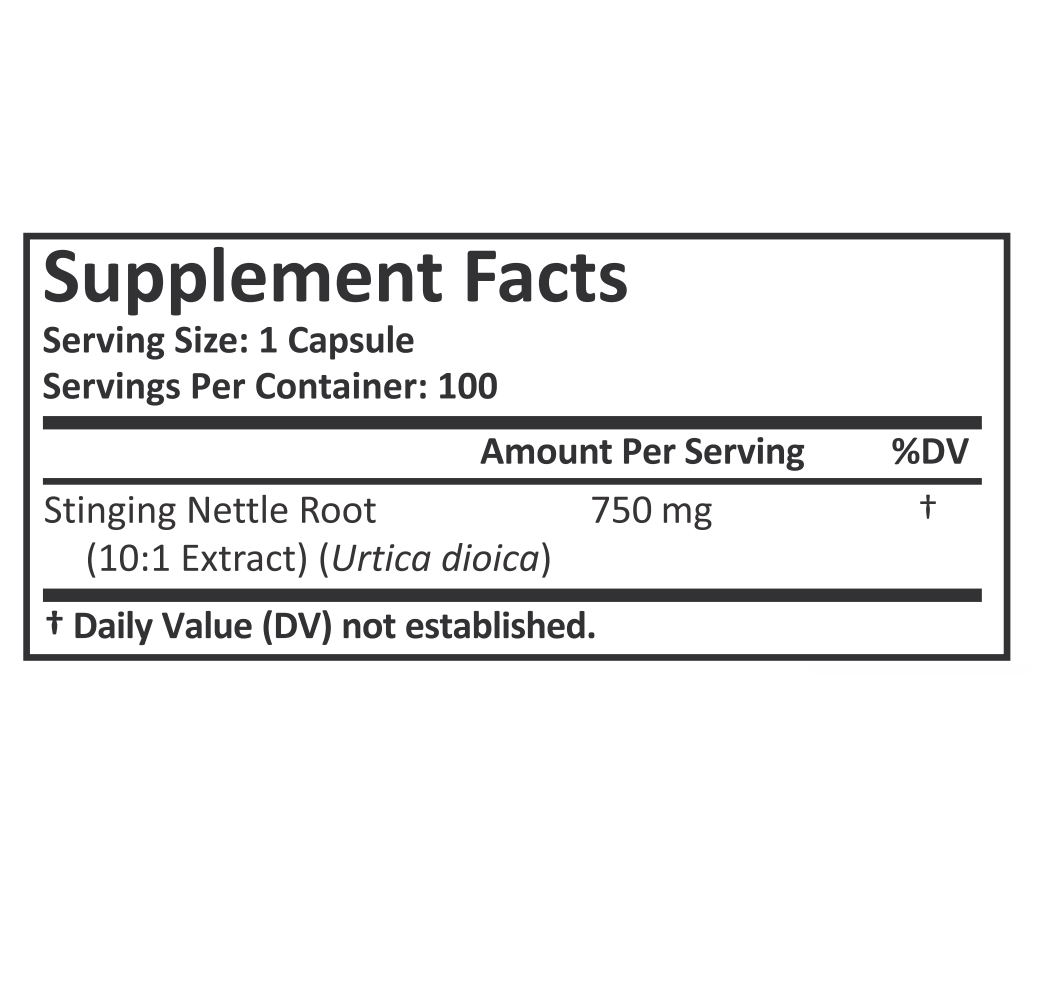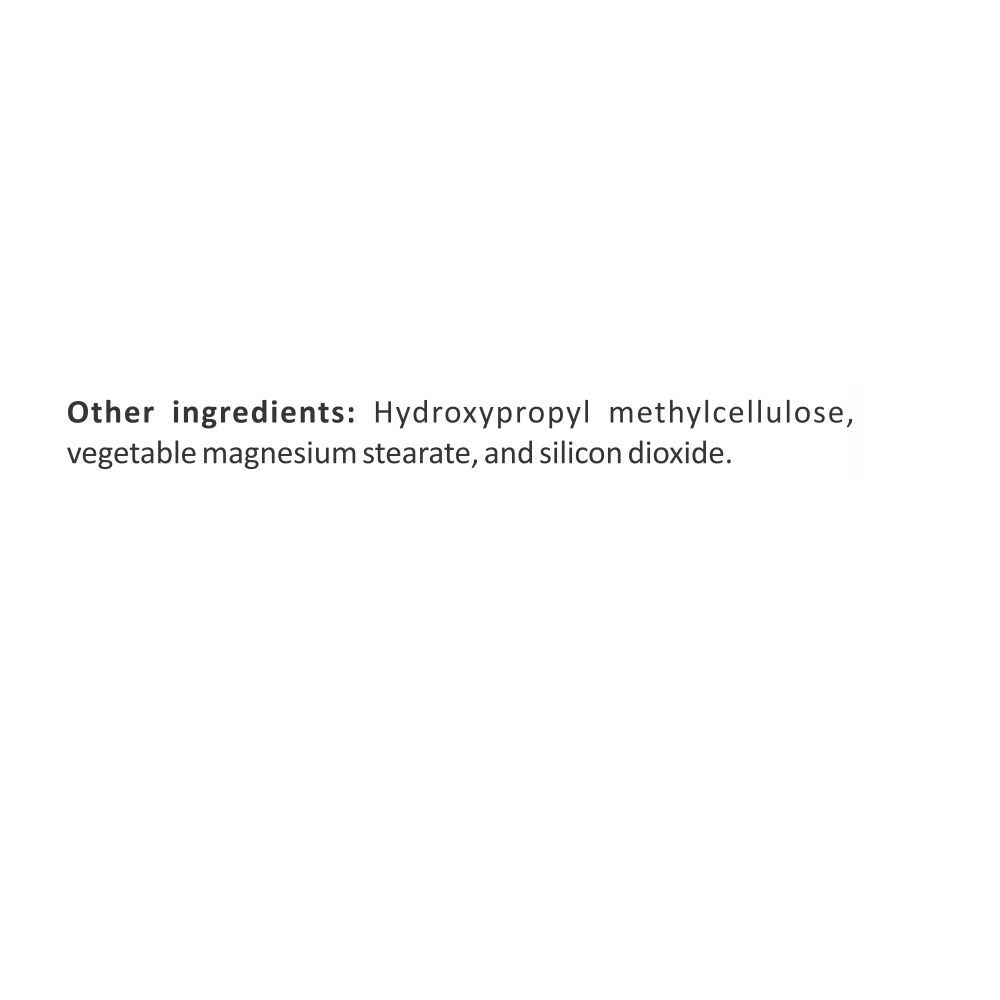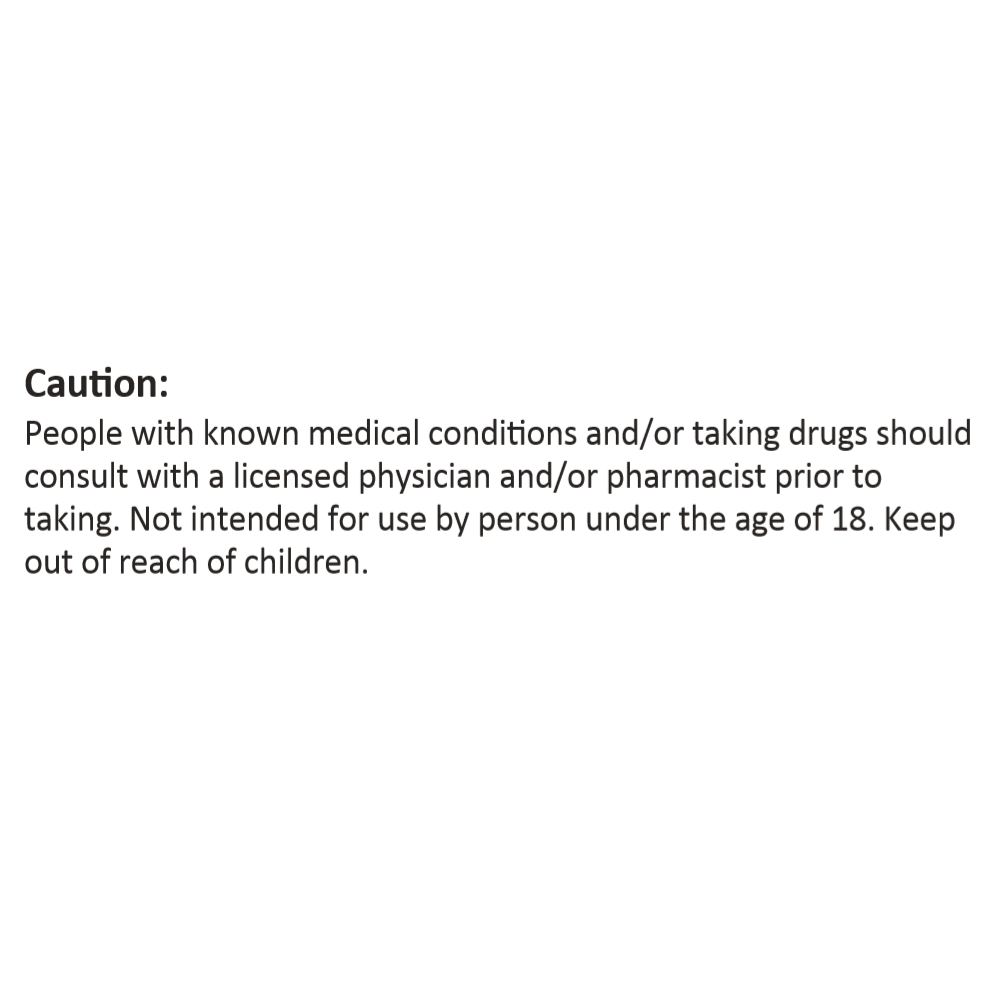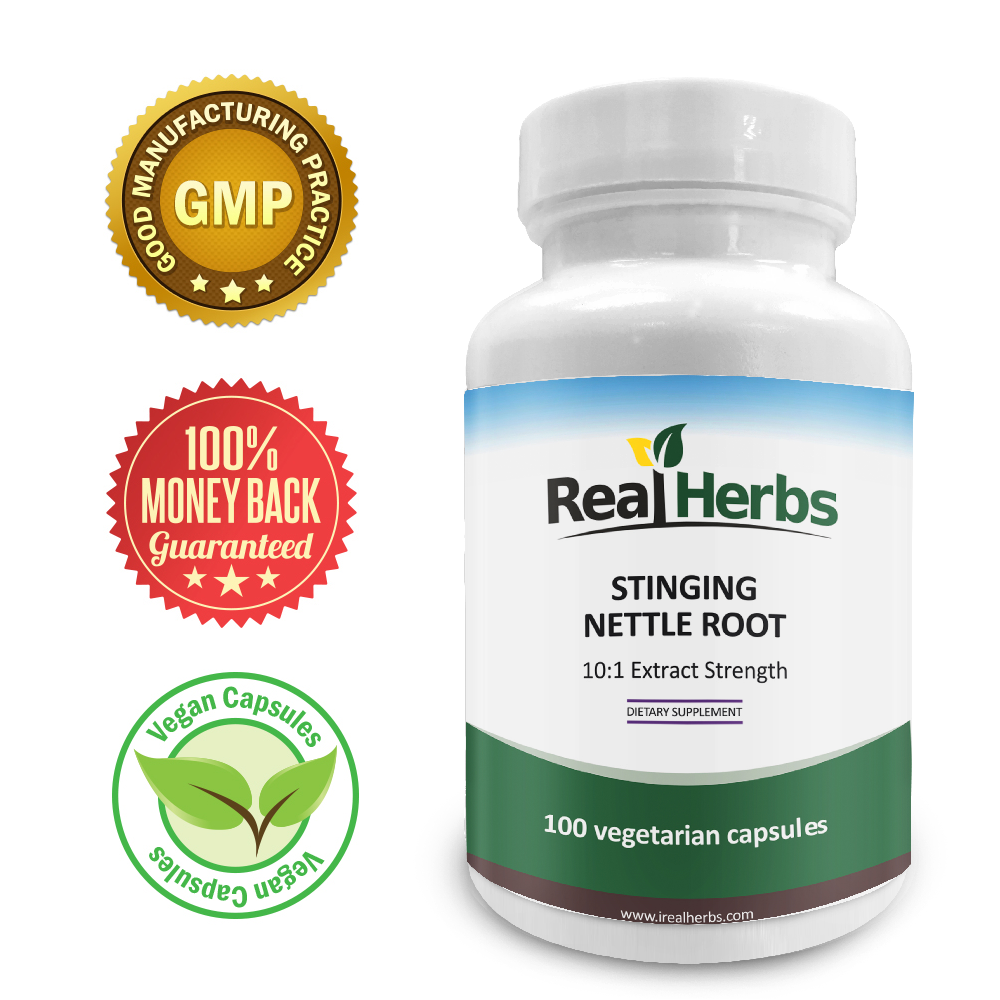Introduction
In the ever-growing landscape of skincare, the quest for natural and effective remedies has led many beauty enthusiasts to explore the benefits of botanical ingredients. Among these, stinging nettle root, scientifically known as Urtica dioica, has emerged as a fascinating contender. This unassuming plant, often associated with its stinging properties in the wild, is gaining attention for its potential skincare applications. In this article, we'll delve into the world of DIY skincare and uncover the wonders of incorporating stinging nettle root into your beauty rituals.
Overview of Stinging Nettle Root
Stinging nettle, with its serrated leaves and notorious stings, might seem an unlikely candidate for skincare. However, beneath its seemingly defensive exterior lies a wealth of compounds that have been traditionally used for various health purposes. Stinging nettle root contains a mix of vitamins, minerals, and phytochemicals, making it a versatile botanical with potential benefits for the skin.
The plant's history extends beyond its stinging reputation, as it has been utilized for centuries in traditional medicine. Rich in compounds such as flavonoids, carotenoids, and chlorophyll, stinging nettle root harbors anti-inflammatory and antioxidant properties that may contribute to its skincare effects. Let's explore how these qualities translate into DIY skincare applications for a radiant and healthy complexion.
Skincare Benefits of Stinging Nettle Root
-
Anti-Inflammatory Properties: Stinging nettle root is celebrated for its potent anti-inflammatory properties. This attribute can be particularly beneficial for those dealing with skin conditions characterized by redness, irritation, or inflammation. The soothing effect of stinging nettle may provide relief and contribute to a calmer complexion.
-
Antioxidant Richness: The presence of antioxidants in stinging nettle root is another noteworthy aspect. Antioxidants play a crucial role in neutralizing free radicals, which can contribute to premature aging and skin damage. By incorporating stinging nettle into your skincare routine, you may harness the power of antioxidants to promote a youthful and vibrant skin appearance.
-
Potential for Acne Management: Preliminary studies suggest that stinging nettle may possess properties that could be advantageous in managing acne. Its anti-inflammatory and antimicrobial characteristics may help in addressing factors contributing to acne development. While further research is needed, the plant's potential in this area has sparked interest among skincare enthusiasts.
-
Hydration and Nourishment: Stinging nettle root contains essential nutrients, including vitamins A and C, as well as minerals like iron and silica. These elements are known for their hydrating and nourishing properties, promoting skin elasticity and overall health. Incorporating stinging nettle into DIY skincare formulations may contribute to a more hydrated and supple complexion.
DIY Skincare Recipes
-
Soothing Nettle Face Mask: Ingredients:
- 1 tablespoon dried stinging nettle leaves (finely ground)
- 1 tablespoon plain Greek yogurt
- 1 teaspoon honey
Instructions:
- Mix the ground stinging nettle leaves with yogurt and honey to form a paste.
- Apply the mask to clean, dry skin, avoiding the eye area.
- Leave it on for 15-20 minutes, allowing the natural properties of stinging nettle to soothe and rejuvenate the skin.
- Rinse off with lukewarm water and pat your face dry.
-
Nettle-infused Toner: Ingredients:
- 1 cup distilled water
- 2 tablespoons dried stinging nettle leaves
- 1 tablespoon witch hazel
Instructions:
- Boil the distilled water and add the dried stinging nettle leaves.
- Allow the mixture to steep for 15-20 minutes, then strain the liquid.
- Once cooled, mix in witch hazel.
- Apply the toner to your face using a cotton pad after cleansing.
-
Anti-Aging Nettle Cream: Ingredients:
- 2 tablespoons stinging nettle oil (infused in a carrier oil)
- 1 tablespoon shea butter
- 1 teaspoon vitamin E oil
Instructions:
- In a double boiler, melt shea butter and stir in the stinging nettle-infused oil.
- Remove from heat and let it cool slightly before adding vitamin E oil.
- Whip the mixture until it reaches a creamy consistency.
- Store in a clean container and apply as a night cream for nourished and rejuvenated skin.
Application Techniques
-
Patch Testing: Before incorporating stinging nettle-based products into your routine, conduct a patch test on a small area of your skin to ensure there are no adverse reactions.
-
Frequency: Start with using these DIY treatments once a week, and monitor how your skin responds. Adjust the frequency based on your skin's needs.
-
Sun Protection: While stinging nettle can offer benefits, it's essential to continue using sunscreen to protect your skin from harmful UV rays.
Precautions and Considerations
While stinging nettle root holds promise for skincare, it's crucial to be mindful of potential considerations:
-
Allergies: Individuals with known allergies to plants in the Urticaceae family, which includes stinging nettle, should exercise caution. Conduct a patch test and consult with a dermatologist if you have concerns about potential allergic reactions.
-
Skin Sensitivity: Some people may experience skin sensitivity or irritation when using stinging nettle products. If you have sensitive skin, start with a small amount and observe how your skin reacts before incorporating it into your regular routine.
-
Interaction with Medications: If you are taking medications or have underlying health conditions, consult with a healthcare professional before using stinging nettle extensively in your skincare routine. This is particularly important if you are on medications that may interact with herbal substances.
-
Harvesting and Handling: If you choose to harvest stinging nettle yourself, wear gloves to avoid the stinging hairs on the plant. Proper handling and processing are essential to mitigate the risk of skin irritation.
Additional Tips and Tricks
-
Balanced Approach: While experimenting with stinging nettle-based skincare, maintain a balanced skincare routine. Combining different ingredients can offer comprehensive benefits for your skin.
-
Stay Hydrated: Hydration is key to healthy skin. Drink an adequate amount of water daily to complement the external benefits of stinging nettle on your skin.
-
Consistency is Key: Results from natural skincare remedies often require consistent use. Patience is crucial, as it may take time to see the full benefits of incorporating stinging nettle into your beauty rituals.
-
Customize Recipes: Feel free to customize the DIY recipes based on your skin's needs. You can add other skin-loving ingredients such as aloe vera, cucumber, or essential oils to enhance the overall efficacy.
Conclusion
Incorporating stinging nettle root into your DIY skincare routine offers a natural and holistic approach to promoting healthy and radiant skin. While the plant's history is rooted in traditional medicine, its skincare potential is gaining recognition in modern beauty practices. By understanding its benefits, exercising caution, and customizing recipes to suit your skin type, you can harness the power of stinging nettle for a personalized and rejuvenating skincare experience.

